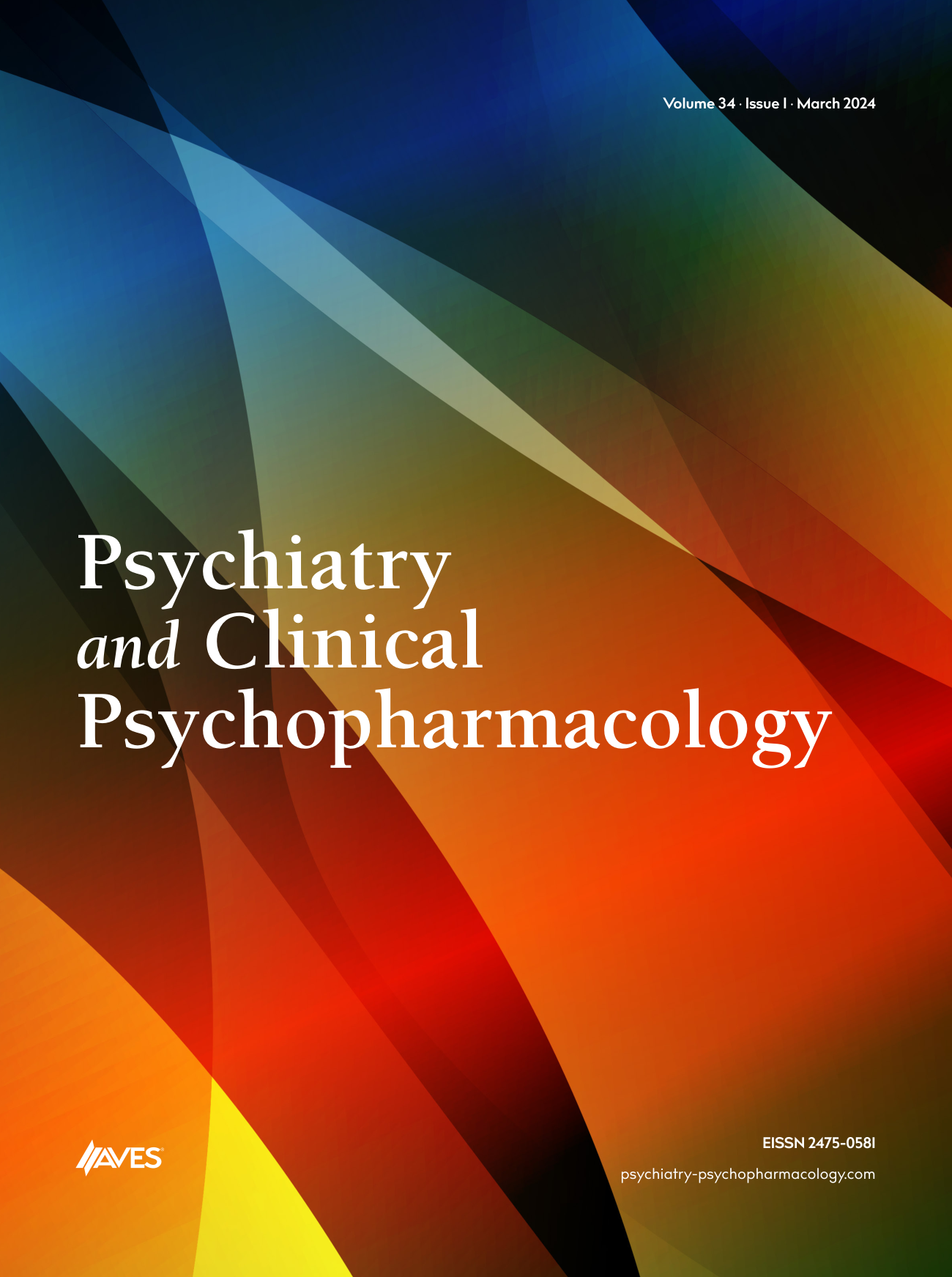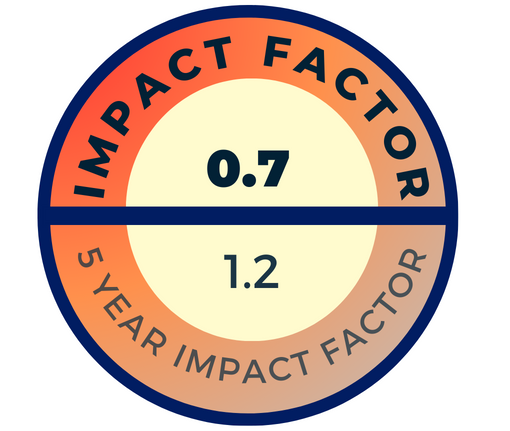OBJECTIVE: Attention deficit hyperactivity disorder (ADHD) is common in children and adolescents. Although many factors play a role in the etiopathogenesis of ADHD, recent evidence suggests that the pathophysiology of ADHD may be associated with oxidative stress. The aim of this study was to evaluate a novel oxidative stress marker (dynamic thiol/disulphide homeostasis) in ADHD children for the first time in literature.
METHODS: Ninety ADHD patients and gender and age-matched 65 healthy volunteer controls between 6 and 14 years of age were included in this study. The exclusion criteria of the study were as follows: patients who were considered mentally retarded (IQ below 80) and presence of a comorbid psychiatric, neurologic or genetic disorder, chronic systemic diseases, infections, liver and kidney diseases, malignancy, use of any antioxidant agent, being under current medication or intake of medications within the last two weeks and having a history of severe head injury. The thiol/ disulfide homeostasis were measured by a newly developed method (Erel & Neselioglu). After native thiol, total thiol and disulfide levels were determined; measures such as disulfide/native thiol, disulfide/total thiol, and native thiol/total thiol were calculated and compared between the study groups.
RESULTS: There were no statistically significant differences in mean age (p=0.091) and gender distribution (p=0.811) between the ADHD group and the control group. A family history of ADHD diagnosis in the ADHD group was significantly higher than that of the control group (p=0.004). The mean serum total thiol and native thiol levels of the patients were significantly higher whereas disulphide/ native thiol ratio of the patients were significantly lower than the controls (p<0.001, p<0.001, p=0.028, respectively). Disulphide levels of the patients were higher than the controls; however, the difference was not statistically significant (p>0.05). The ADHD- combined type appeared to have higher disulphide level and disulphide/ native thiol and disulphide/total thiol ratios compared to other subtypes (p<0.001, p=0.017, p=0.029, respectively). Plasma disulphide level in the males with ADHD were statistically significantly higher than in females in the ADHD group (p=0.023). In ROC analysis the cutoff point for native thiol was 452.9, for total thiol was 493.9, for disulphide/ native thiol was 4.8 for diagnostic measures for ADHD.
CONCLUSIONS: This study suggests that plasma dynamic thiol / disulphide homeostasis is abnormal in children with ADHD. Oxidative stres may play a role in the etiopathogenesis of ADHD and plasma dynamic thiol/ disulphide homeostasis may be a useful diagnostic tool in this context. Plasma dynamic thiol/ disulphide homeostasis may be used as a novel oxidative stress marker in ADHD children because it is readily available, easily calculated, and relatively cheap. Further studies are needed to confirm the pathophysiologic role of dynamic thiol/disulphide homeostasis in ADHD



